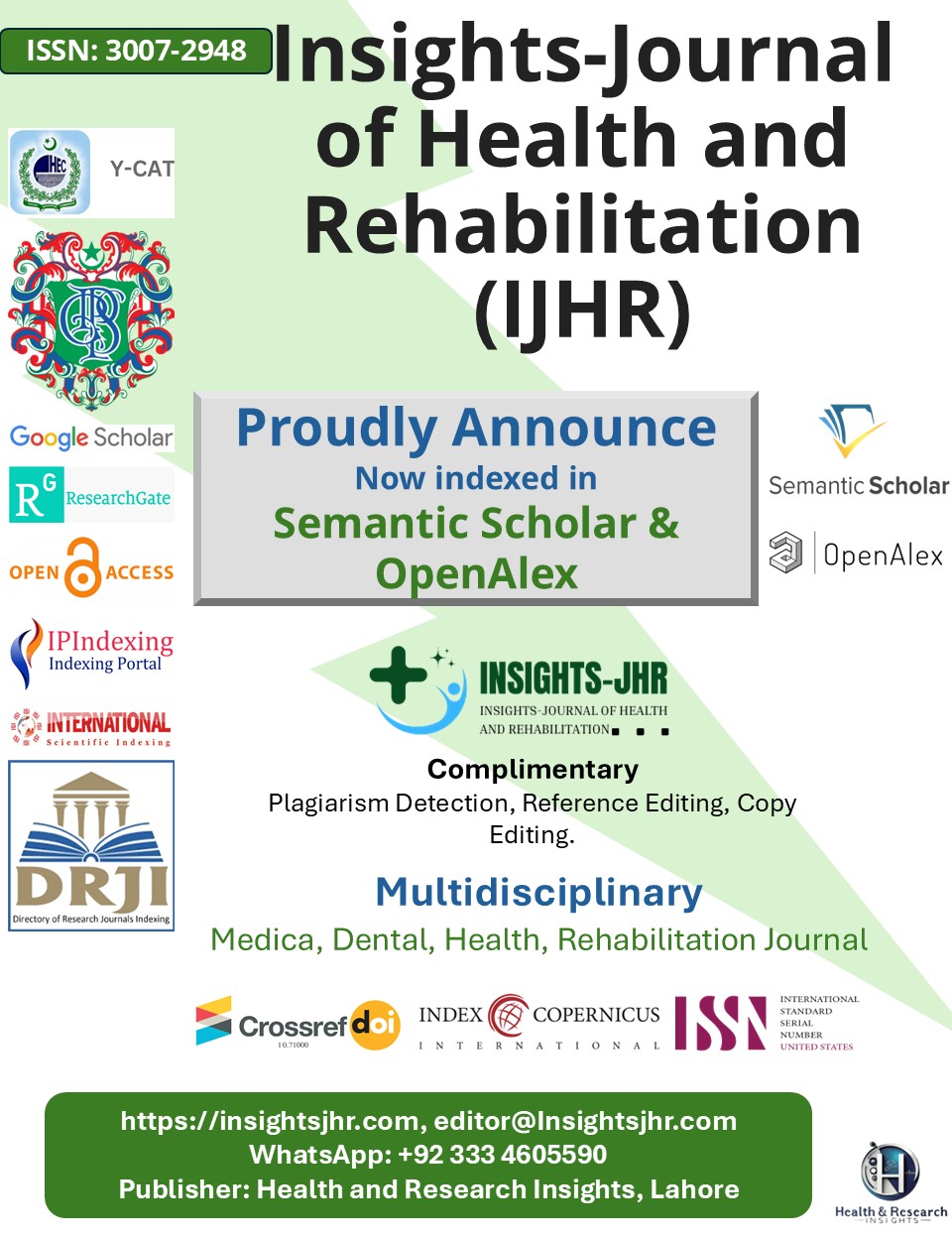EVALUATING THE IMPACT OF TRANSCRANIAL DIRECT CURRENT STIMULATION COMBINED WITH MIRROR THERAPY ON MOTOR AND MENTAL DEVELOPMENT IN CHILDREN WITH SPASTIC QUADRIPLEGIC CEREBRAL PALSY: A RANDOMIZED CLINICAL TRIAL PROTOCOL
DOI:
https://doi.org/10.71000/gq6kbz48Keywords:
Cerebral Palsy, Cognitive Development, Mirror Therapy, Motor Skills Disorders, Neuromodulation, Transcranial Direct Current StimulationAbstract
Background: Cerebral palsy (CP) is a non-progressive neurological disorder resulting from damage to the immature brain, often leading to significant delays in motor and cognitive development. Spastic quadriplegic CP represents one of the most severe forms, involving all four limbs and the trunk. Despite advances in rehabilitation, effective interventions remain limited. Emerging techniques such as transcranial direct current stimulation (tDCS) and mirror therapy (MT) have shown potential in promoting neuroplasticity and enhancing neuromuscular function in pediatric neurorehabilitation.
Objective: This study aims to evaluate and compare the individual and combined effects of tDCS and MT on motor development and mental health in children with spastic quadriplegic CP, under the framework of neuroplastic adaptation.
Methods: Design: A single-center, double-blinded, randomized clinical trial.
Setting: Department of Physical Therapy and Rehabilitation, Ghurki Trust and Teaching Hospital, Lahore, Pakistan.
Participants: A total of 105 children aged 3–7 years, diagnosed with spastic quadriplegic CP, will be recruited using simple random sampling. Participants will be allocated equally into three groups (n=35 each):
- Group A: tDCS + MT + Routine Physical Therapy (RPT)
- Group B: MT + RPT
- Group C: tDCS + RPT
Interventions: Group-specific interventions will be delivered five times per week over two weeks (10 sessions of tDCS and/or MT).
RPT will continue throughout the 10-week study period.
Outcome Measures: The primary outcomes include motor development (Shoaib Sensorimotor Development Tool), motor control (Fugl-Meyer Assessment), muscle performance (isokinetic dynamometer), anthropometric measures (height, weight, and head circumference), mental health (Strengths and Difficulties Questionnaire) and Dopamine level (Plasma Lab Test). Data will be collected at baseline, after two weeks, and at the tenth-week post-intervention.
Trial Registration: This trial has been prospectively registered on the Iranian Registry of Clinical Trials under registration number IRCT20231227060542N1, dated January 26, 2024.
Ethics and Dissemination: Ethical approval was obtained from the Research Ethics Committee (REC), Faculty of Allied Health Sciences, The University of Lahore under reference number REC-UOL-185-12-2023, dated December 20, 2023. Informed consent will be obtained from all participants’ legal guardians. Study findings will be disseminated through publication in peer-reviewed journals and presentations at national and international conferences to inform clinical practice in pediatric rehabilitation.
Downloads
Published
Issue
Section
License
Copyright (c) 2025 Shoaib Waqas, Ashfaq Ahmad, Juliana Barbosa Goulardins, Asif Hanif, Muhammad Tariq, Zainab Hassan (Author)

This work is licensed under a Creative Commons Attribution-NonCommercial-NoDerivatives 4.0 International License.







